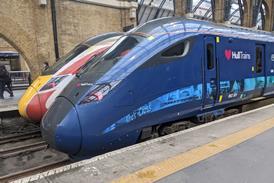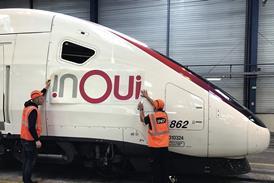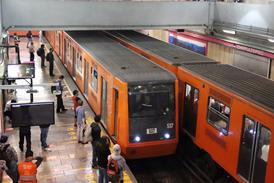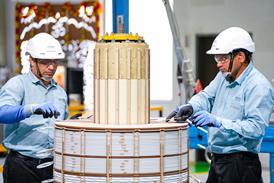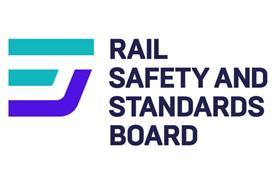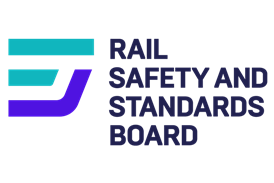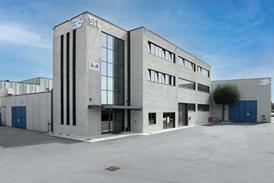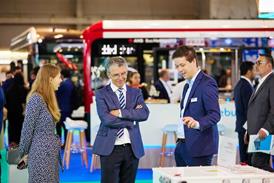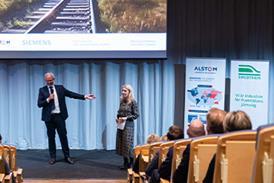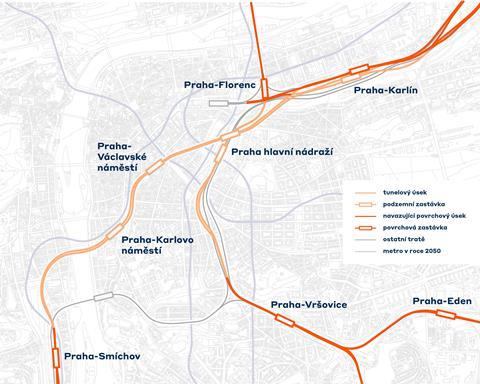
CZECH REPUBLIC: The Ministry of Transport has selected a preferred design option for two railway tunnels to be built under Praha with a total length of 10·6 km.
Announcing the news on January 28, infrastructure manager Správa Železnic said the two tunnels were proposed under a feasibility study that SŽ commissioned to address the future development of the Praha rail node.
The expected cost of the tunnelling is KC185bn. Start of construction is scheduled for 2035 and completion for 2047.
A north-to-south tunnel is to start at a partially covered station to be built at the Florenc metro interchange and run to the junction where the lines divide to Smíchov and Vršovice.
A northeast-to-southwest line would start at an underground station to be built at Karlín and run to Smíchov, serving underground stations at Václavské náměstí and Karolovo náměstí. The capacity of each tunnel would be up to 16 trains/h per direction.
The two lines would meet in a two-storey underground box to be built beneath Hlavní nádraží.
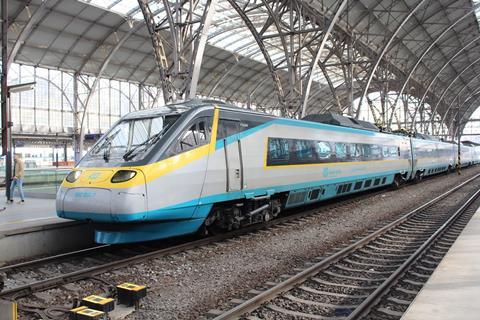
‘The new routes will help separating long-distance and regional transport. This will maintain the comfort of travel, while also having a minimal impact on the environment’, said Pavel Paidar, Director of the Construction Planning Department of SŽ.
‘The project brings new rail capacities right in the city centre, including several stops that will shorten the walking distance for passengers. The result will not only be a higher attractiveness of rail transport, but also the relief of the busiest public transport sections in the centre. The enhanced railway will also attract some traffic from the roads’, added Zdeněk Hřib, who holds the transport portfolio for Praha municipality.
‘The biggest transport problem in Praha is not transport in Praha itself, but in the metropolitan region. Praha’s modal split is highly in favour of public transport, but what is crushing Praha is regional transport, where the supply and capacity are insufficient,’ explained Petr Hlaváček, Deputy Mayor of Praha.

